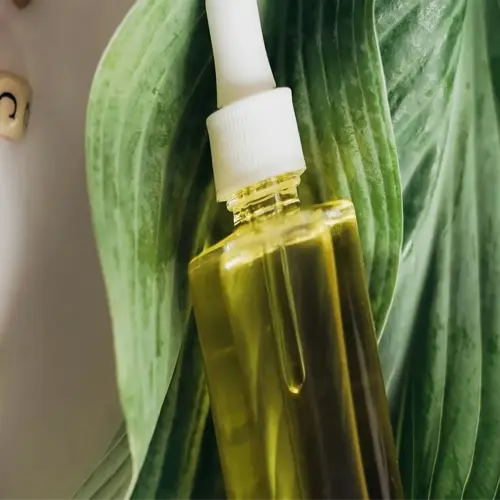Does no-till increase crop yield?

Written by
Paul Reynolds
Reviewed by
Prof. Samuel Fitzgerald, Ph.D.The benefits of a no-till system with crop yields become maximized after the three-year transition period. USDA research shows that corn and soybean yield during the fourth year matches the yield of conventional systems. Then in the fifth year corn and soybean yields exceed conventional yields by 5- 8 % in drought years, due to deeper rooting systems reaching additional moisture from the subsoil.
Soil Moisture Retention
- Water-holding capacity: No-till soils retain 25mm (1 in) more moisture
- Evaporation reduction: 45% less surface water loss
- Drought buffer: Crops survive 14 extra days without rain
Root Development
- Corn root depth: 1.8m (6 ft) vs 1.2m conventional
- Mycorrhizal networks: 3x more nutrient exchange
- Soil structure: Undisturbed layers reduce root compaction
Long-term yield stability comes from carbon sequestration potential of 0.23 tons/acre/year in no-till systems, which builds organic matter to feed your crops when they are under stress. Reducing erosion protects nutrients in the topsoil and holds yield potential before and during extreme weather events.
The 3-5 year transition period takes time but creates lasting yield benefits. Farmers initially reinvest the fuel and labor savings into more precision planning technology that further compounds their return on investment. By Year 7, no-till systems will yield more than conventional systems and do so with 40% less irrigation.
Read the full article: No Till Benefits: Boost Soil Health & Farm Profits

